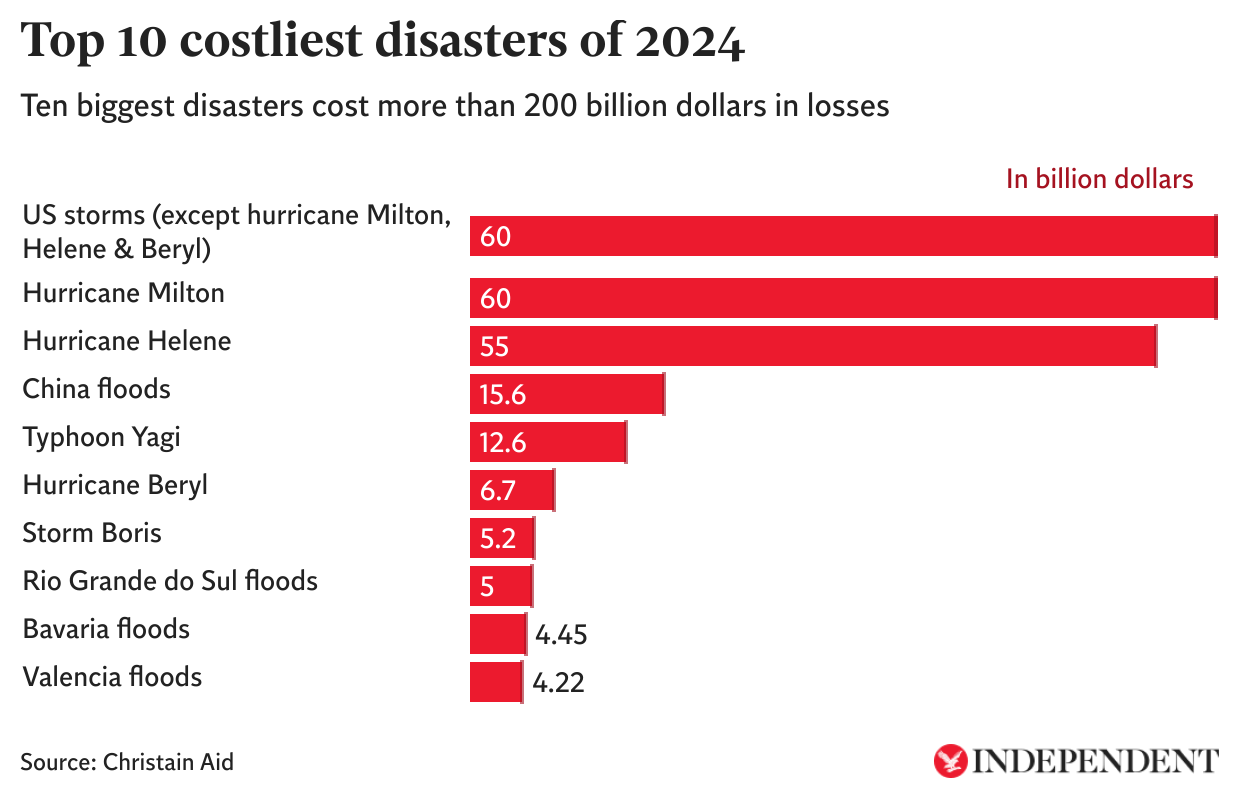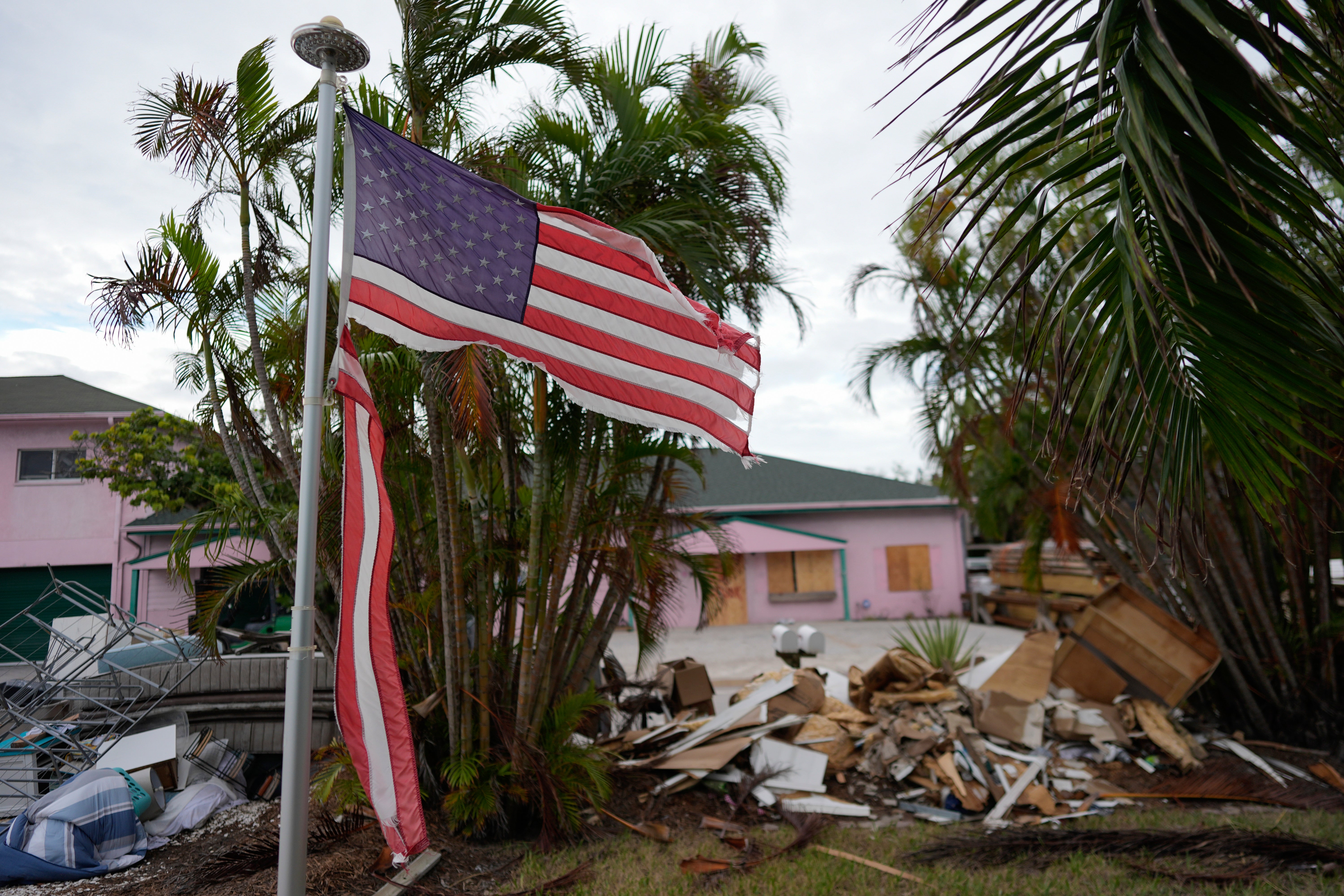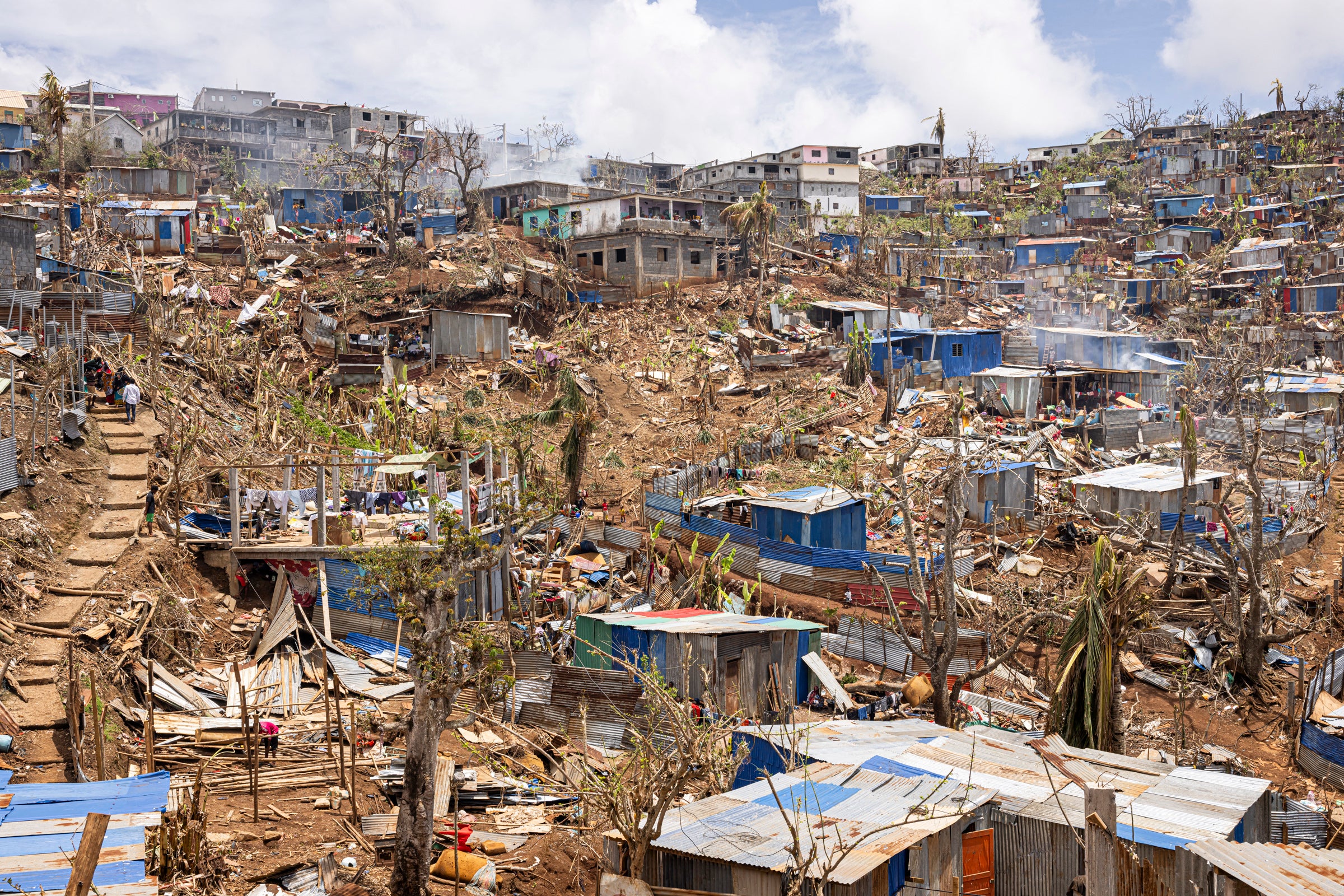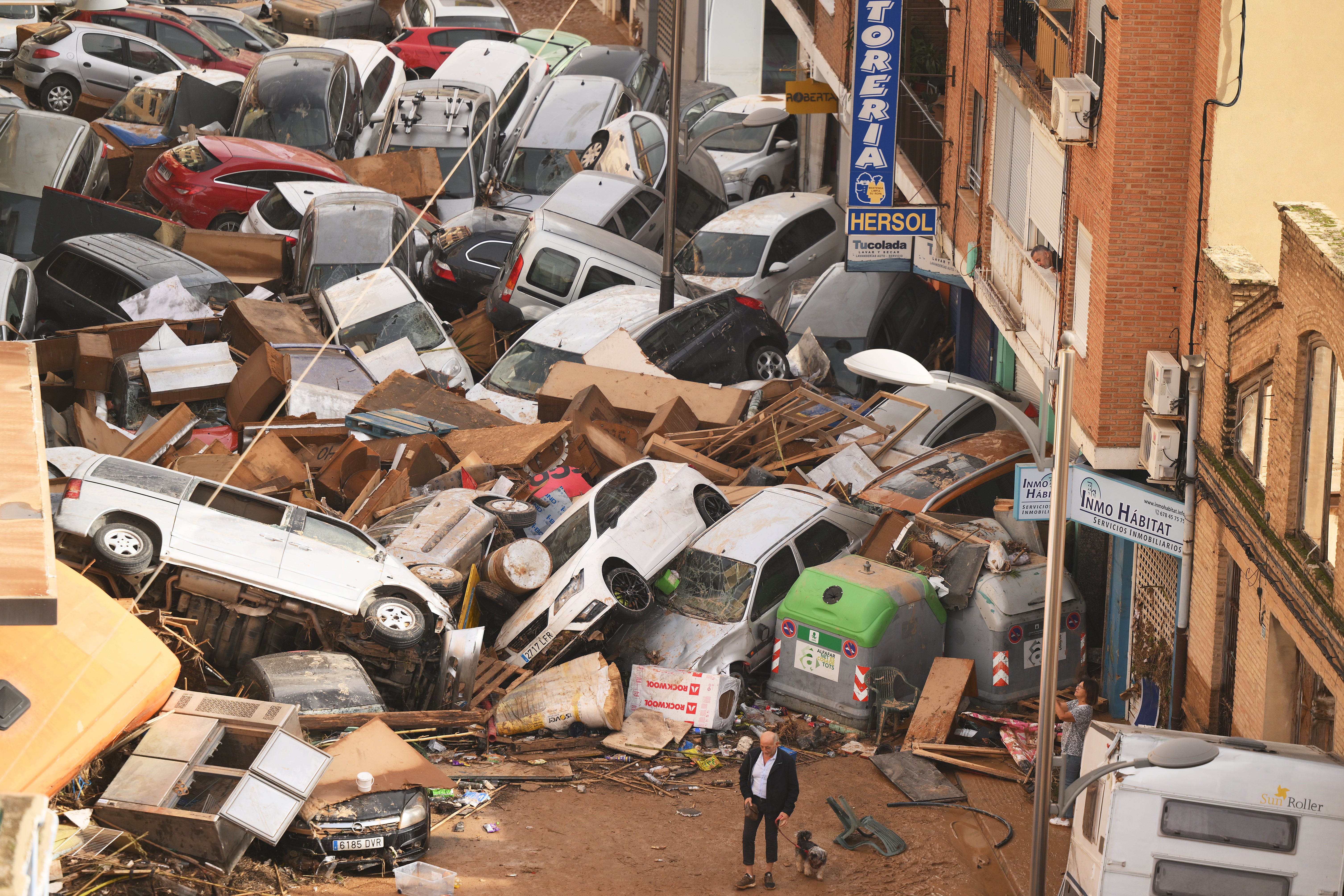The climate crisis will have a huge economic impact in 2024, with just 10 disasters costing more than $200 billion, according to a new report from Christian Aid.
The report, released Monday, lists the storms, hurricanes, floods and typhoons that caused the most financial damage this year.
Topping the list is Hurricane Milton, which tore through the United States in October, killing 25 people and causing $60 billion in damage.
Hurricane Helen, which hit the United States, Cuba, and Mexico in September, caused at least $55 billion in losses and killed 232 people.
Floods in China caused losses of $15.6 billion and claimed 315 lives. Storm Boris and the floods in Spain and Germany have combined to cause at least $14 billion in damage and 258 deaths.
Scientists say the intensity of these disasters is being “further accelerated” by fossil fuel emissions. Patrick Watt, chief executive of Christian Aid, said: “There is nothing natural about the increasing intensity and frequency of droughts, floods and storms.” “The decision to keep burning fossil fuels and allowing emissions to rise is intensifying the disaster.”

Each year, the charity analyzes insurance claims to calculate catastrophe losses. For the first time since the list began compiling in 2018, there have been two disasters in a year that equate to annual losses of more than $50 billion.
Only the United States suffered almost 71% of the losses from the 10 worst disasters.
The country is hit by a plethora of destructive storms throughout the year, causing more than $60 billion in damage even when there are no hurricanes.
Christian Aid said the actual costs are likely to be higher, as the figure is primarily based on insured losses.

But scientists say that while the economic costs of climate disasters are staggering, they are only part of the picture. Many of the worst-hit areas are in poorer countries, where fewer people have access to insurance and the human toll is much harder to quantify.
Cyclone Chido, which hit the French island of Mayotte in December, may have killed more than 1,000 people. In Colombia, a severe drought has reduced water levels in the Amazon River by 90 percent, endangering the livelihoods of indigenous communities that depend on it for food and transportation.
A heat wave in Bangladesh affected 33 million people, while in southern Africa a historic drought left 14 million people struggling to survive across Zambia, Malawi, Namibia and Zimbabwe.

“This report is just a snapshot of climate breakdown in 2024,” said Mariam Zakaria, a global climate attribution researcher who analyzes extreme events to identify the role of climate change at Imperial College London. the doctor said.
“There are many more droughts, heatwaves, wildfires and floods not included here, and they are becoming more frequent and intense. Most of these disasters have clear signs of climate change. Extreme weather events are clearly causing incredible suffering around the world. Behind the billions of dollars are lives and livelihoods lost.”

A year of record heat
The report comes as global temperatures move dangerously close to the 1.5 degree threshold above pre-industrial levels, with 2024 expected to surpass 2023 as the hottest year on record. It was done.
Scientists have warned that exceeding this limit, set as a goal of the Paris Agreement, will have even more devastating consequences.
For example, Hurricane Helen was caused by unusually warm ocean temperatures, but scientists say climate change has made that 200 to 500 times more likely.
Climate expert Joanna Haig said: “Politicians who downplay the urgency of the climate crisis only harm their own people and cause untold suffering around the world.”
Scientists say a rapid transition from fossil fuels to renewable energy is important, but governments also need to increase investment in climate adaptation for the most vulnerable communities.
Professor Haig, emeritus professor of atmospheric physics at Imperial College London, said: “The economic impact of these extreme weather events should raise alarm.
“The good news is that an ever-worsening crisis doesn’t have to be our long-term future. The technology for a clean energy economy exists, but we need leaders to invest in it and deploy it at scale. .”







